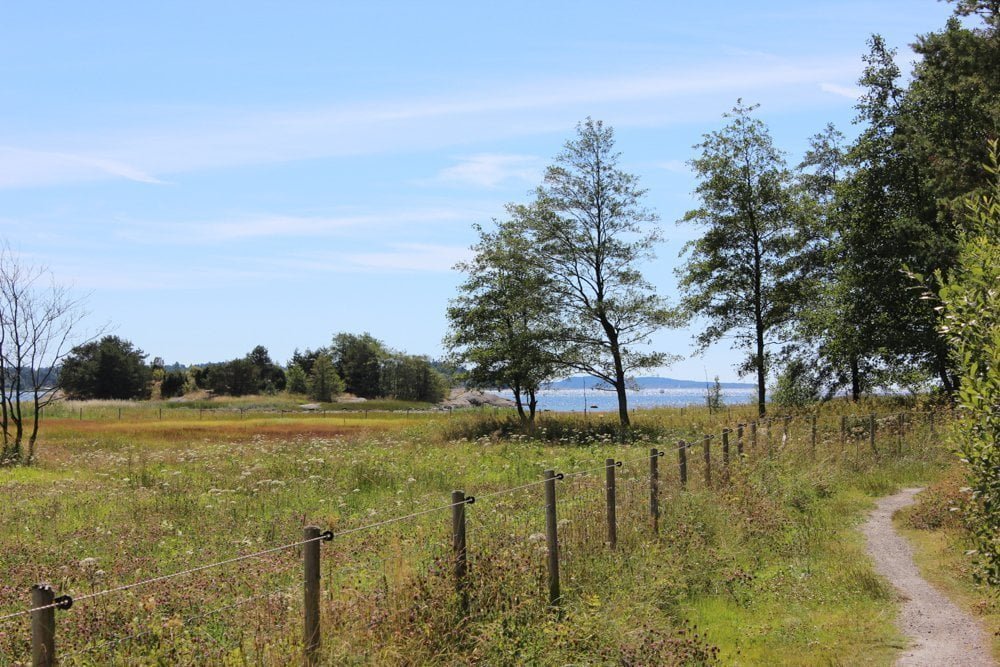Norway’s new national dish
In today’s Norway, people eat pizza like never before. Jokingly, it is said to be Norway’s new national dish.
But ethnologist Astri Riddervold (1925-2019) told us how the ancient Norwegians prepared their very own pizza – brødtallerken – bread-dish – more than a thousand years ago. She called it the Viking pizza.
The Icelandic historian, poet, and politician Snorri Sturluson (AD 1178-1241) mentioned the bread-dish – brauddiskar – in his sagas.
Some Norwegian bread history
Ever since the introduction of Scandinavian agriculture, around 2400 BC, the Norwegians have been eating bread – in one form or another.
Today, the oven-baked yeast bread is the most common variation. The modern-day Norwegians mainly eat healthy, wholegrain bread, full of taste and – allegedly – slow-burning carbohydrates.
It was not until the late 1800s and early 1900s that the oven-baked bread really started to dominate.
Before this period, from the 1200s and onwards, the flatbread reigned supreme – alongside other grain-based dishes like porridge – grøt – and lefse (a soft type of flatbread). The time before the 1200s was the age of the Viking-pizza, see more below.
The flatbread
On the old Norwegian farm, the women of the household made large stacks of flatbread – once or twice a year. They baked for several days in a row. The bread was stored in the storehouse – the stabbur – and remained edible for a year and more.
The introduction of watermills
A prerequisite for making an entire year’s consumption of flatbread in one go, was access to large quantities of flour. And this came about from around the 1200s onwards, with the broader introduction of larger watermills. The watermills were managed by the men on the farm.
Before this time, the flour was ground using simple hand-mills. Grinding the grain into flour with the hand-mill was hard work. A task generally performed by the women.
Before the 1200s, with only the simple hand-mill at hand, the women prepared just enough flour to bake the bread needed for the day.
An interesting fact is that another English word for hand-mill is quern. The Norwegian word is kvern – which is, in fact, the same word.
Before the era of the flatbread
In connection with the excavation of the Oseberg Viking ship and other finds, the archaeologists unearthed round, flat, metal pans with a long handle.
These are believed to have been used to prepare the bread-dish – or the Viking pizza – and were placed above the hot embers of the fireplace.
Astrid Riddervold believed that the bread-dish was the main grain-based food used in everyday life in olden times. The Italians base their pizza dough on wheat, but the Vikings used barley or rye.
Topping
Just like with the pizza, the mistress of the ancient Norwegian farm topped the bread with whatever food she had available. It could be cheese, eggs from wild birds – for example, the seagull – cured or salted meat or fish, and so much more. Back then, they cooked the eggs in the hot coals of the fireplace.
Excellent news for all pizza lovers
The bread-dish is excellent news for all of today’s pizza lovers. By eating bread topped with whatever we have at hand, we simply continue an ancient tradition – observed by the Vikings and beyond.
This is maybe something to think about, the next time that we invite family and friends over for a jolly Norwegian feast.
Sources: Riddervold, Astri – Ording, Ebbe. Vikingpizza – Pizza på gammelmåten. nrk.no 2005 | norgeshistorie.no. | EGP.00057











